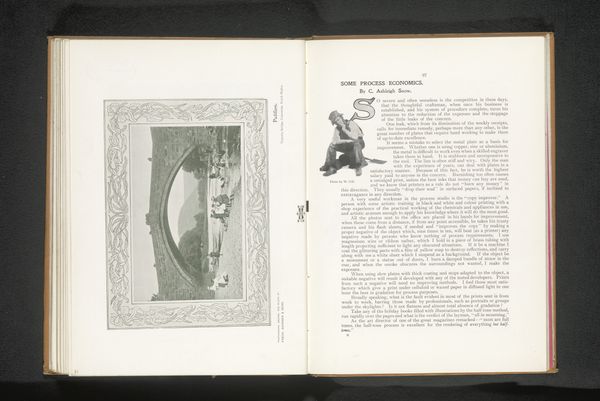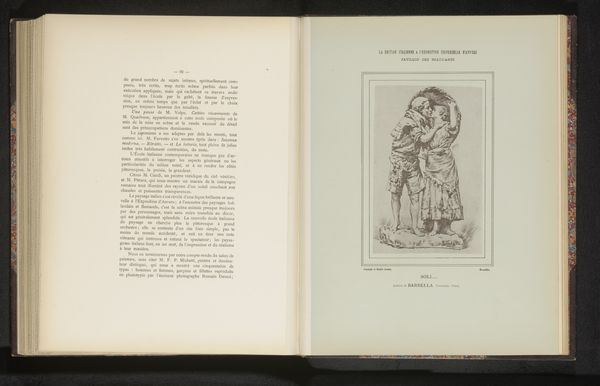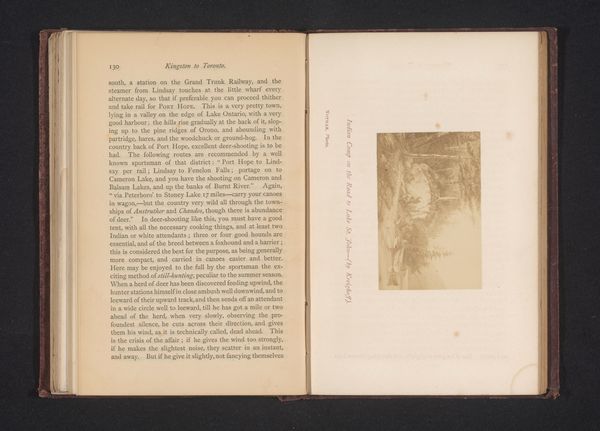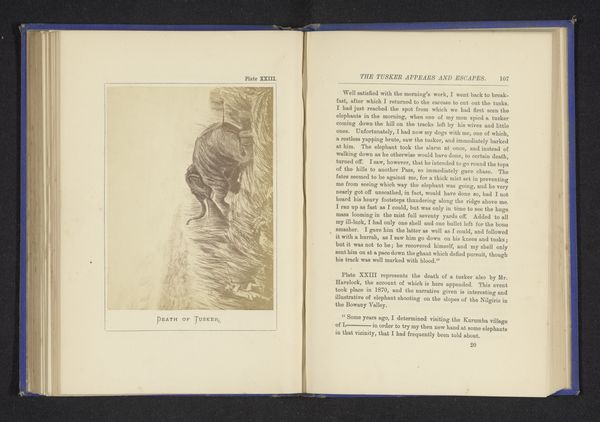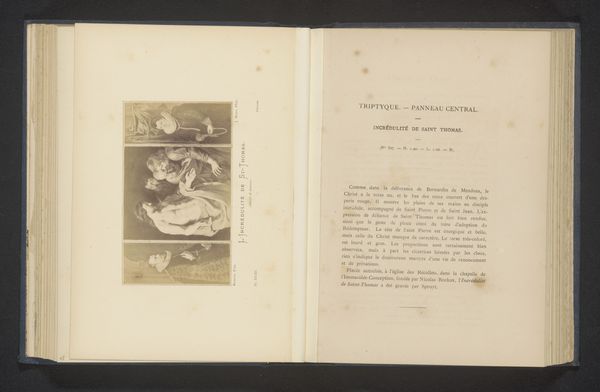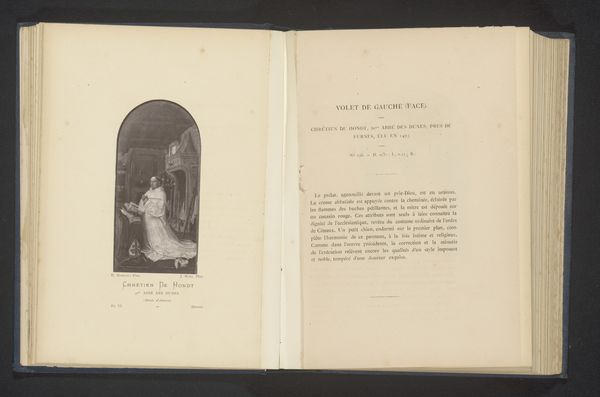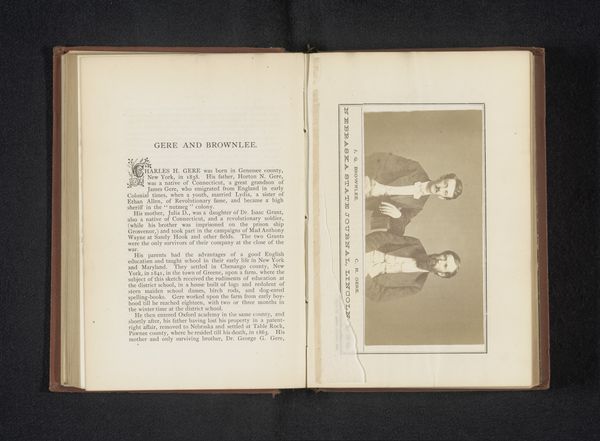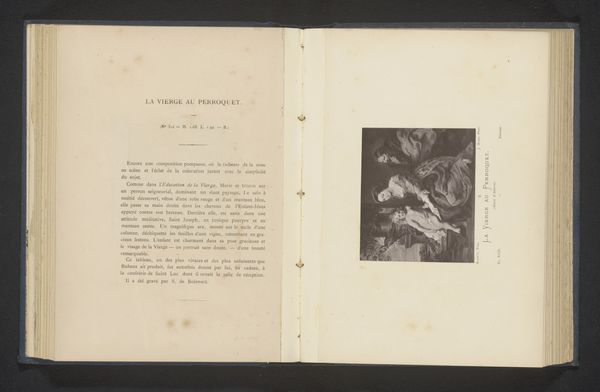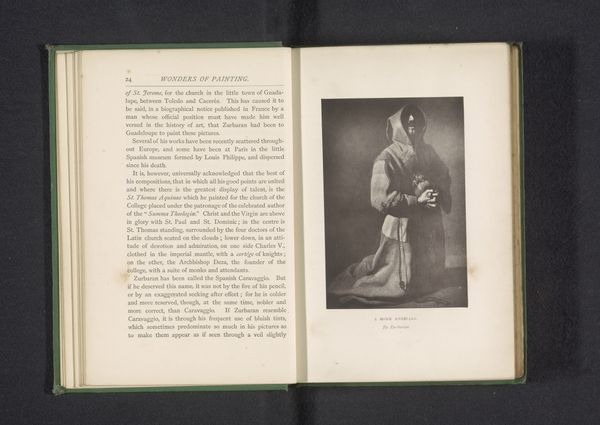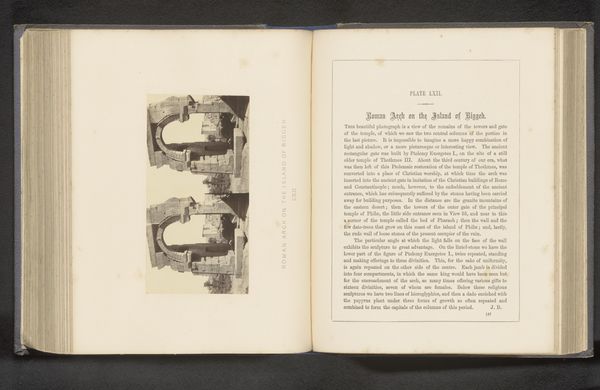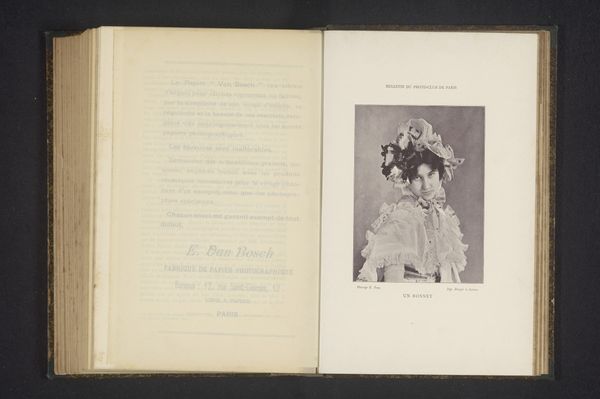
Dimensions: height 80 mm, width 87 mm
Copyright: Rijks Museum: Open Domain
This portrait of an unknown woman, made by Nadar, is an early example of anaglyphic photography, dating back to the late 19th century. It is comprised of two color layers, blue and red, that create a three-dimensional effect when viewed through special glasses. The process involved capturing two separate images of the subject, each through a different colored filter. These were then printed side by side, or overlaid, to create the final composite. While seemingly simple, this technique required considerable expertise. Nadar was a master of manipulating light and chemistry to achieve the desired visual outcome. Looking at this portrait, we get a glimpse into the artist’s technical prowess, but also a sense of the era’s fascination with illusion. Early photography like this blurred the lines between science, art, and spectacle, reflecting the societal shifts that came with industrialization and mass media. By focusing on these early photographic processes, we can better appreciate the labor and ingenuity involved in crafting the image.
Comments
No comments
Be the first to comment and join the conversation on the ultimate creative platform.
